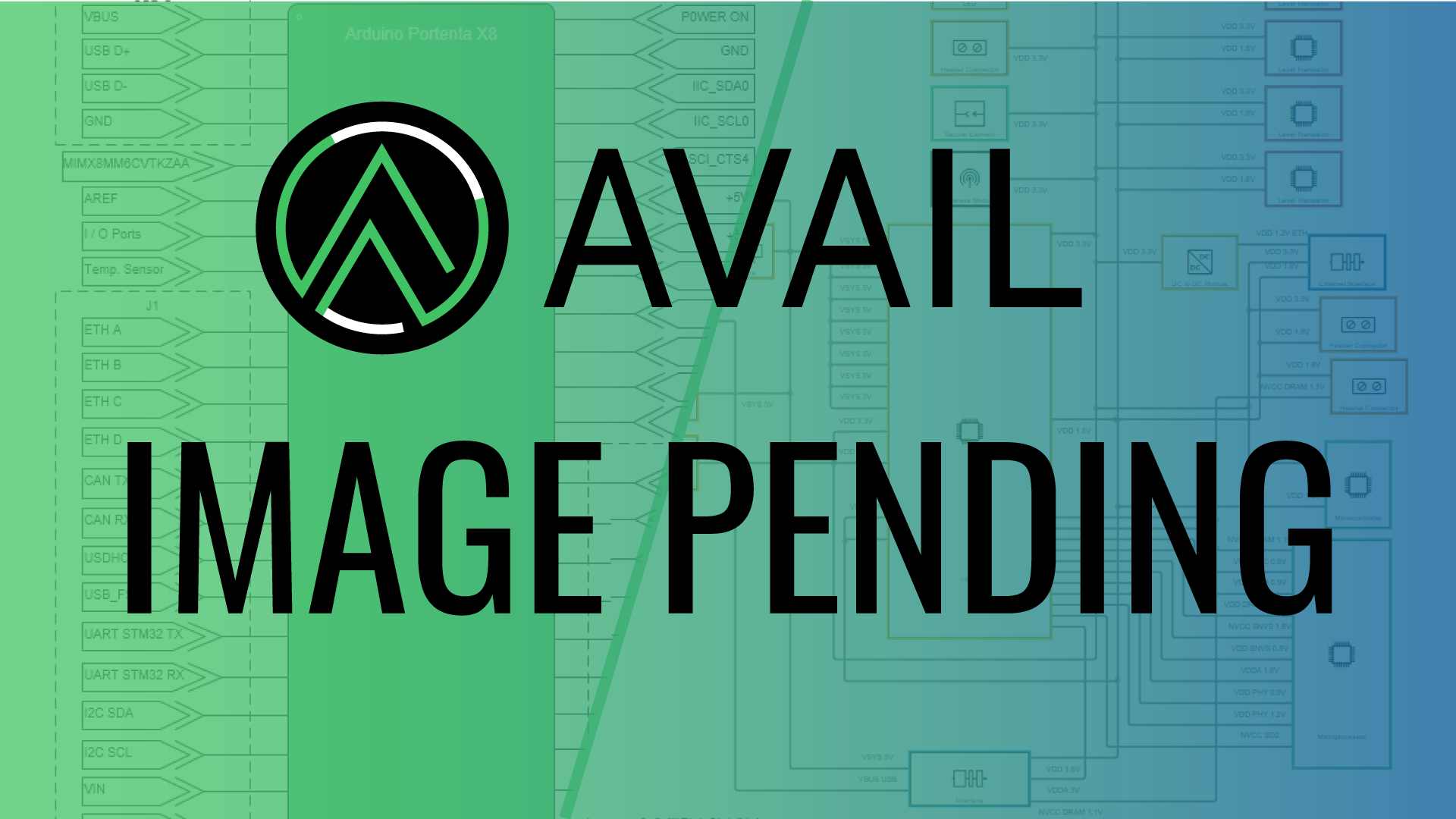Programmable drivers add flexibility to LED lighting

LED drivers have developed over the years from constant voltage topologies to the much more energy efficient constant current setup. Constant current drivers deliver the required current directly to an LED without an additional current regulator and are widely available in a variety of current output levels. Recently, as LED luminaires have continued to develop in complexity and range and the number of different fixtures on the market has increased, lighting designers have begun to demand flexibility from their driver hardware that the basic constant current topology can’t provide.
The ideal situation for lighting designers would be to add a level of flexibility to the driver hardware so that the same driver could be used across a product range of diverse lighting fixtures. That way, they could respond more quickly to market demands for new product types, as they would already have suitable hardware in stock. Inventory would be much simpler and there would be no need to spend time and money qualifying new drivers all the time. The industry responded to these requests with a whole new breed of LED drivers for lighting which are software programmable, changing their output based on how they are programmed. With this added level of flexibility, many products are also capable of tuning their output to meet the needs of future, less power-hungry LED products. And instead of the constant current technique used in the past, where reducing the output current would result in less power availability from the driver, some of the latest drivers are capable of constant power output, which is more efficient at all current levels.
Let’s take a look at some programmable driver examples for indoor and outdoor lighting.
Mean-Well ELG Series Drivers
Programmable dimming in its most basic format reduces the output current and output power in stages, called a dimming profile. This is useful in outdoor lighting where timed stages can coincide with sunrise at various times of the year, with dimmed states
occurring during dawn and dusk. The example below is for Mean-Well’s ELG-100-C series LED power supply (right), which is suitable for street lighting, bay lighting, greenhouse lighting, and many other applications. This 100W driver has a fanless design as it is up to 92% efficient, operating by convection cooling only for case temperatures between -40 and +90°C. The ELG-100-C driver can be programmed with different timed dimming profiles depending on whether the application is in street lighting, residential lighting or even in a road tunnel. Other features this series offers are fade on/off and constant light output, where the drivers’ output current can be gradually increased over time to compensate for aging of the LED.

Mean Well's example dimming profile for outdoor residential lighting
Fulham WorkHorse LED Series
For indoor lighting such as fluorescent tube replacement fixtures, Fulham makes a programmable LED driver called WorkHorse LED (right), which can be programmed with the TPSB-100 SmartSet controller. The drivers’ current, voltage, DMX address, dimming curve, LED group, terminal resistor, and lowest dimming percentage can be adjusted. The 40W model can deliver full power between 700 and 1050mA (constant power between 65% and 100% of the maximum output current).
The SmartSet controller is a small piece of hardware, which is programmed via PC and USB cable. Fulham’s SmartSet PC software can program the drivers in increments as small as 1mA so luminaires can be designed for optimal power utilisation and light output. This is typically done before installation, and when installed on a bench, the programming of a driver takes less than a second.
Programming a dimming curve using Fulham's SmartSet software
MOONS’ Lighting Configurator
For outdoor lighting such as streetlights, MOONS’ programmable LED driver for the CLKS or CP series is a great example of a very flexible setup. The driver box is plugged into another piece of hardware called the ‘configurator’ to program it with a computer and USB cable. This solution is very straightforward to use as it comes with a graphical software interface. The interface can adjust the drivers’ output current, fade up time, dimming curves and PWM dimming settings. When used with the CP series, constant power output can be achieved between 65% and 100% of the drivers’ maximum output current for efficient operation, as illustrated in the V-I curve for the MOONS’ driver, shown below. The same configurator can be used to program all MOONS’ different programmable drivers and this can be done in the factory or after installation in the field, if required.
|
|
 |
|
| Setup of the MOONS' programmable driver, configurator, and USB connection to a computer for programming | The V-I curve for this driver showing its constant power output |
Whether your application is outdoor or indoor lighting, if you’d like to find out more about programmable LED drivers, click the Ask an Expert button to the right of this article to get in touch with one of our field applications engineers in your local language.



